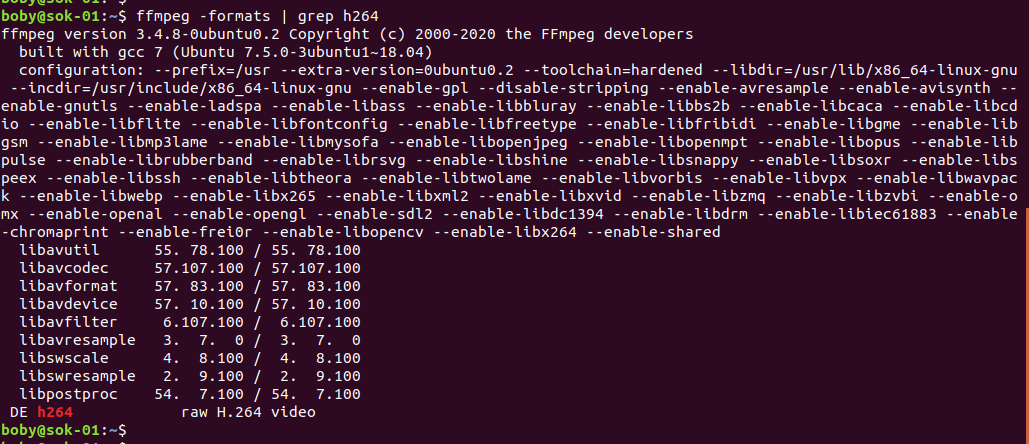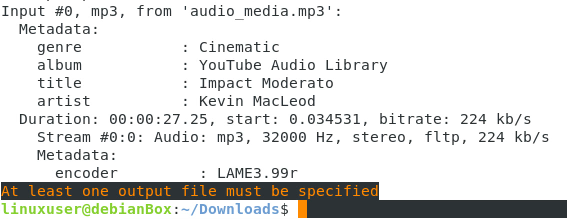



It does not include a GUI, but some third-party products integrate with it. FFmpeg also lacks native input and output mechanisms for audio and video. The inherent complexity of FFmpeg and its extensive number of options means it is not always easy for beginners to use. The FFmpeg libraries power many common media-based applications, including YouTube, iTunes, and the video player VLC. The application is mainly geared towards industry professionals and software developers. FFmpeg is used for technically demanding operations on media files such as format conversion, encoding, resizing, concatenation, and compression. The name FFmpeg is derived from the phrase “fast forward” and the name of the Moving Picture Experts Group (MPEG) video standards group. It also explains how to install FFmpeg and how to use FFmpeg to edit media files. This guide provides a brief introduction to FFmpeg. FFmpeg contains a suite of libraries and programs that can be embedded into other media applications or function as a stand-alone command-line utility. It assists with the editing, reformatting, and conversion of audio, video, and multimedia files. FFMpeg is a free and open-source utility that is used for video and audio processing.


 0 kommentar(er)
0 kommentar(er)
